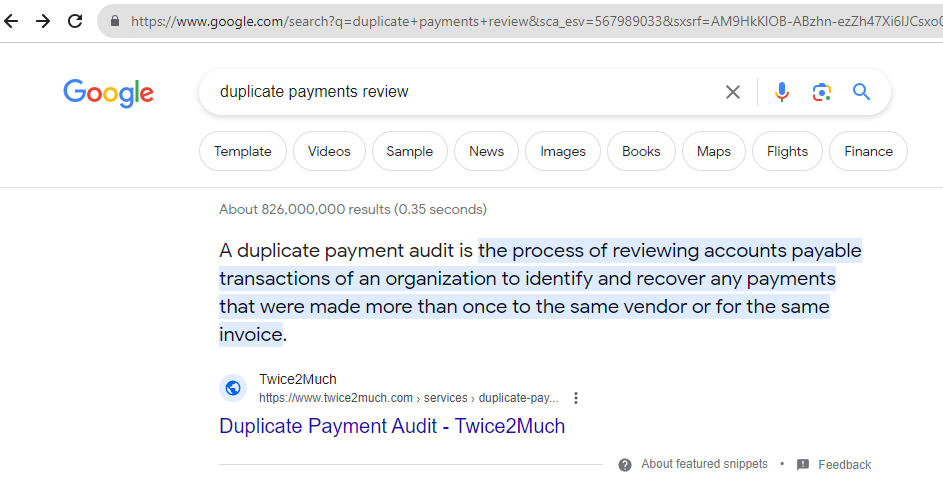Structuring an Internal Audit Plan: Department vs. Process
Hello Readers,
Recently, I found myself engaged in a spirited discussion with my colleagues about designing an internal Audit plan. Despite our efforts, we struggled to reach consensus, prompting me to reach out for broader insights.
The core of our debate centered on whether an internal Audit plan should be structured around the functions (departments) within an organization or by focusing on the processes. This is a significant consideration, as it shapes the scope and depth of audits conducted.
Take, for example, an audit plan oriented around functions. If we’re auditing a department like “Software Solution Development,” our focus is on how this particular department manages its development processes, which would cover their handling of in-house applications.
Conversely, if we opt for a process-centric audit plan, the focus shifts to specific applications used within critical processes—let’s say an in-house application labeled “X.” Here, the audit encompasses elements such as the development process, operational workflow, access management, application controls, security protocols, and more.
Reflecting on past experiences, my previous manager prioritized process-based auditing. This strategy broadened the audit scope, allowing exploration into operations, cybersecurity, risk management, and more. It fostered a comprehensive review and enabled us to raise probing questions across those areas.
However, under my current manager, the audit framework is department-driven. While this approach provides a clear organizational perspective, I wonder if it may inadvertently miss crucial insights, particularly in domains like IT and operations, where cross-functional processes and interactions are vital.
I’m genuinely curious—what are your thoughts on the optimal approach? Should internal audits focus on functions or processes to deliver the most value? Your perspectives and experiences would be greatly appreciated in this ongoing consideration.
Looking forward to your thoughts,
[Your Name]

One response
Hi there,
It sounds like you’re grappling with one of the fundamental debates in internal auditing, and it’s great that you’re seeking input to better inform your position. Both approaches to planning an Internal Audit (IA) have their merits, and often the best choice depends on the organization’s specific context, objectives, and risks. Let’s delve into the nuances of each approach.
Function-Based Auditing:
A function-based Audit plan focuses on assessing specific departments or functions within an organization. This approach can be particularly useful when:
Organizational Structure: The company is structured with clear functional silos, and responsibilities are well-defined within those silos.
Resource Allocation: It simplifies resource allocation by department, which can be beneficial when you need to quickly assess departmental efficiency and compliance.
Performance Metrics: It allows for targeted reviews and benchmarking within each department, making it easier to identify underperforming areas.
However, you highlighted a potential drawback of this method: it may overlook inter-departmental processes and broader systemic issues, particularly in organizations with complex or integrated processes.
Process-Based Auditing:
A process-focused Audit plan aims to evaluate the end-to-end processes that cut across various departments. Benefits of this approach include:
Holistic View: It provides a comprehensive view of how processes operate across the organization, potentially uncovering inefficiencies at the intersections of different departments.
Risk Management: By evaluating processes, especially cross-functional ones, you can identify risks that might be masked in a function-based audit, such as operational risks or cybersecurity threats.
Innovation and Improvement: It allows for a broader examination of how new technologies or process improvements can be implemented to enhance operations, which is crucial for IT and technology-driven sectors.
On the other hand, process-based audits can be more complex and resource-intensive, as they require a deeper dive into how processes are interlinked across various functional areas.
Practical Considerations:
Hybrid Approach: Many organizations benefit from a hybrid approach, where both departmental functions and cross-functional processes are included in the audit plan. This can provide a balanced perspective, leveraging the strengths of both methods.
Risk-Based Audit Planning: Regardless of the approach, integrating a risk-based audit plan can enhance your focus. Prioritizing audits based on the material risks identified through a risk assessment process can ensure that critical areas are addressed.
Stakeholder Engagement: Regular